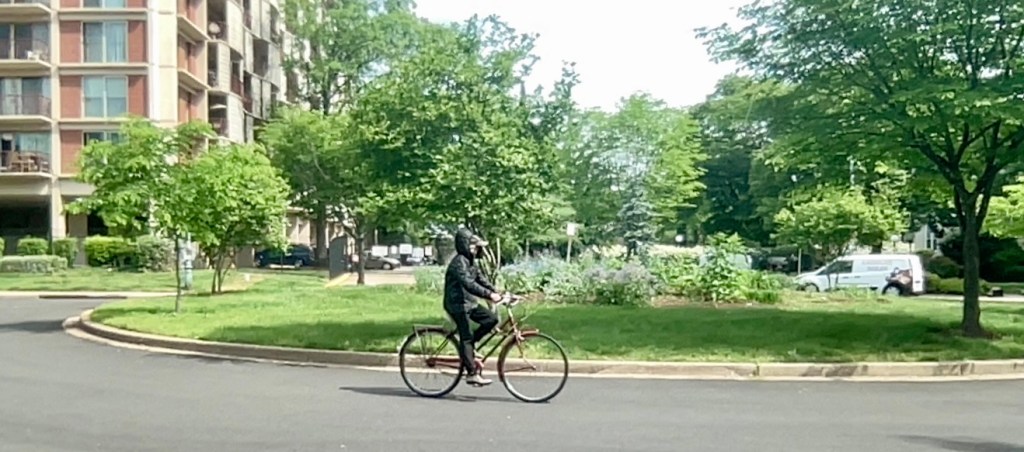
I’m almost done reading The Story of Jane: The Legendary Underground Feminist Abortion Service. First of all, I’m ashamed to say I had no idea this history and group existed so it’s about time I learned about it. In addition to covering the effort’s shortcomings, the author treats readers to an intimate account of women helping (and empowering) women with compassionate care, dogged determination, and collective courage. I was riveted by the book’s compelling chronicling of how the group evolved in its thinking about the role of women in their own health, the role of women’s health in overarching systems of power and oppression in society, and their role as an organization in shaping and shifting both.
For example, the book introduced me to a term I’m sure I’ve been exposed to before but had not yet fully internalized: consciousness raising. This is a concept that has been reflected in other contemporary social movements but is really rooted in the feminist wave of the 1960s and 1970s. Thanks to Wikipedia for the following synopsis of the concept:
“Early mid-century feminists argued that women were isolated from each other, and as a result many problems in women’s lives were misunderstood as “personal,” or as the results of conflicts between the personalities of individual men and women, rather than systematic forms of oppression. Raising consciousness meant helping oneself and helping others to become politically conscious. Consciousness raising groups aimed to get a better understanding of women’s oppression by bringing women together to discuss and analyze their lives, without interference from the presence of men.”
This term resonated with me for two reasons: one, if I had been asked to intuit what “consciousness raising” meant, I would have told you that’s, like, my whole raison d’être, obvi: a fundamental aim of my dissertation, research, and what I write about in this blog is to raise awareness about an issue within the broader public consciousness (🚙🧠). This type and level of impact is certainly something that the feminist groups of the mid-20th century were striving for. What is fascinating about the beyond-the-intuition understanding of the concept, however, is the how of their pursuit: gathering small groups to share individual stories of a phenomenon they didn’t yet appreciate as being an often shared experience driven by much larger structures and processes 🤔
Bear with me as I make a connection: I recently got my first desk rejection for an article I submitted to a journal. It was expected (I swung for the fences and went for one of the most prestigious publications in my field), and the editor was kind enough to offer some feedback. The point of the article was to raise awareness about vehicular violence to my academic peers, and I was essentially told that it was outside the scope of the journal. While I haven’t yet wrapped my head around why that is precisely the case (an undercount of more than 1.5 million deaths globally every year seems like it shouldn’t be that big of a stretch to consider as a conflict system 🤷♀️), The Story of Jane helped me to understand that a) it takes time and persistence to change minds but is oh-so-worthy a cause whatever obstacles may emerge and b) another way I can engage in consciousness raising is to ask people how they have been personally impacted by car supremacy (although maybe not start with such a…loaded term 😬).
Perhaps it’s wanting to get some natural exercise in but lacking infrastructure to do so safely, comfortably, and with dignity. Maybe it’s wishing you didn’t always have to chauffeur your kiddos around because they couldn’t independently ride or walk to their destinations without fear of harassment, injury, or death. Possibly it’s trying to remember the last time you saw your neighbor other than driving into their garage (as a humble offering of three out of approximately three bajillion examples). Once you start thinking about it, you probably have a story about how being dependent on a car has lead to suboptimal outcomes – individually or as a society – despite whatever discomfort may come with confronting that reality.
Inspired by my feminist foremothers 👵🏻 I’d like to experiment with a strategy that catalyzed their movement: I invite you to think of an example from your own life of how you experience oppression (to borrow language used in feminist discourse around abortion rights) as someone locked into car supremacy. What has it felt like to not have a choice about your mobility, air quality, ambient noise, or paths out of climate change? Can we use those stories to help us realize more options for taking individual action – supported by a community committed to the same vision – to create a peaceful transportation system? There’s a potential that together, we can raise our consciousness about how normalizing these experiences has lead us to overlook a harmful system that manifests in everything from daily inconveniences to deep injustices while also strengthening our support of each other in reimagining our public streets 💪
As for me, I walked away from my first journal submission attempt feeling like car supremacy’s grasp on our consciousness may have seeped deeper into academia than I originally bargained for. However, despite the editor’s assumption that I was discouraged, their rejection added yet another log to my motivational fire 🪵🔥
Leave a comment